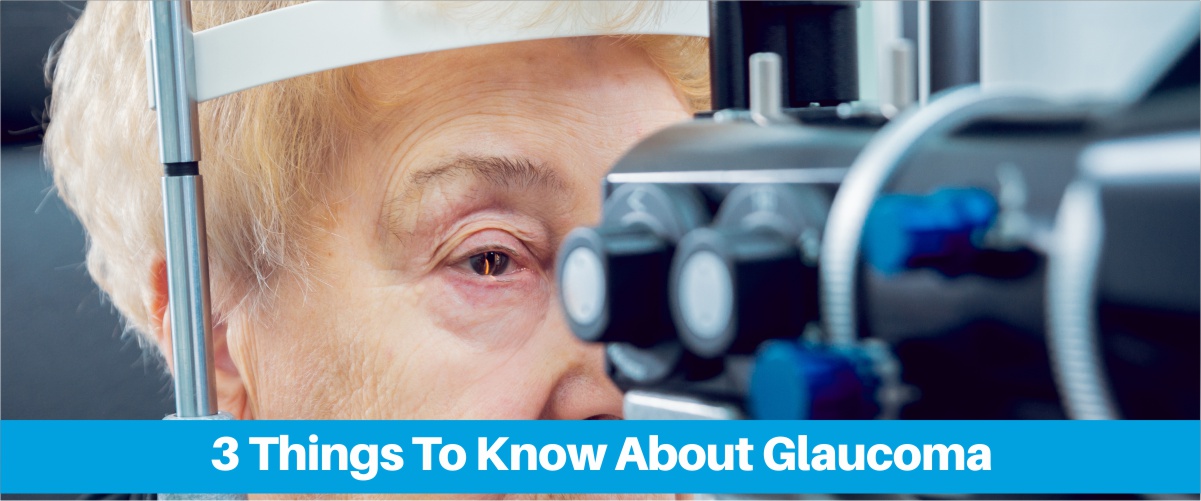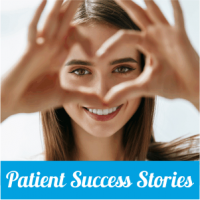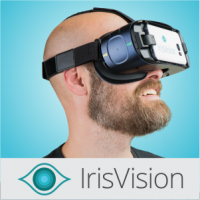3 Things You Need To Know About Glaucoma

Three million people in the United States have glaucoma. Globally, it is the second leading cause of blindness. The frightening thing about glaucoma is that only half of those with the disease know they have it. In the early stages, glaucoma is “silent” without obvious signs or symptoms until vision is lost. That’s why becoming educated about the disease is so important. Information can lead to early treatment, and while there is no cure, treatments can slow the vision loss. Here are three things you need to know about glaucoma.
1: Glaucoma affects millions of Americans:
- In the S., more than 120,000 are blind from glaucoma, accounting for 9% to 12% of all cases of blindness.
- After cataracts, glaucoma is the leading cause of blindness among African Americans.
- Blindness from glaucoma is 6 to 8 times more common in African Americans than Caucasians.
2: Healthy lifestyle habits can help to avoid vision loss:
While glaucoma cannot be cured, adopting healthy lifestyle habits can help to maintain healthy eye pressure, which is a risk factor for the disease. These habits include:
- Regular exercise. One study showed that people who are active have a 73 percent lower risk of developing glaucoma. Exercise improves blood flow and helps to keep eye pressure at normal levels.
- A healthy diet: Eating green leafy vegetables is healthy for the entire body and can help to prevent eye disease. Studies have shown that people who eat more vegetables have a 20 to 30 percent lower risk of developing glaucoma. It appears that the nitrates in green vegetables convert to nitric oxide which contributes to healthy eye pressure.
- Don’t smoke. In addition to the other adverse effects that smoking has on the body, studies have shown that smoking increases the risk of developing glaucoma. A study of 16,797 smokers who did not have glaucoma found that after an average of eight years, 184 new cases of glaucoma had developed. Researchers concluded that smoking was “significantly associated” with the risk of developing glaucoma and that the risk was “even stronger among heavy smokers.
Other healthy habits that can help to decrease the risk of developing glaucoma include maintaining a healthy body weight and getting regular, comprehensive eye exams.
3. It’s important to pay attention to any symptoms
Although the most common form of glaucoma usually has no symptoms there are some that may indicate a worsening of eye pressure and should be attended to immediately. If you have any of these symptoms seek immediate medical attention:
Open-angle glaucoma
- Patchy blind spots in your side (peripheral) or central vision, frequently in both eyes
- Tunnel vision in the advanced stages
Acute angle-closure glaucoma
- Severe headache
- Eye pain
- Nausea and vomiting
- Blurred vision
- Halos around lights
- Eye redness
Living with low vision
Although there is no cure for glaucoma and the low vision it causes cannot be reversed, there are advanced medical devices that can help to enhance the vision that remains. Every day we work with people who have low vision. We provide them with devices that vastly improve their ability to complete activities of daily living, watching TV, reading, driving, travel, and see the faces of their loved ones. Technology like IrisVision are powerful aides that significantly expand the living environment.
If you have been told that nothing more can be done to enhance your eyesight, call us. We work with patients every day who have been told the same thing. Through comprehensive treatments and advanced technologies, we are able to help them and we can help you too.




